Description
Familiarity with treatment
Clitoral hood reduction, also known as clitoral hoodectomy or clitoral unhooding, is a surgical procedure that aims to reduce the size and area of the clitoral hood (prepuce). The clitoral hood is the fold of skin that covers and protects the clitoris.
During the procedure, excess tissue from the clitoral hood is carefully trimmed or excised to expose more of the clitoral glans. This can improve the aesthetic appearance of the vulva and may enhance sexual satisfaction for some individuals. Clitoral hood reduction is often performed in conjunction with other procedures such as labiaplasty (reduction of the labia minora) or vaginoplasty.
The specific technique used for clitoral hood reduction may vary depending on the surgeon and individual case. The procedure is typically performed under general anesthesia, and the surgeon takes care to preserve the nerves and tissue of the clitoris while removing excess skin.
Who is it suitable for?
Clitoral hood reduction is suitable for individuals who have concerns related to the size, appearance, or function of their clitoral hood. Here are some factors that may make someone a candidate for clitoral hood reduction:
Excess Tissue: Individuals with a larger clitoral hood, where the excess tissue protrudes or causes discomfort, may consider clitoral hood reduction. This excess tissue can be due to genetics, hormonal changes, weight fluctuations, pregnancy, or aging.
Irritation or Discomfort: Some individuals may experience irritation or discomfort due to the rubbing or chafing of the clitoral hood. Clitoral hood reduction can help alleviate these symptoms by reducing the size of the hood.
Aesthetic Concerns: Those who are dissatisfied with the appearance of their clitoral hood may opt for clitoral hood reduction to achieve a more balanced or aesthetically pleasing look. This procedure can help improve the overall appearance of the vulva.
Enhanced Sensation: Clitoral hood reduction may be considered by individuals who desire increased clitoral sensation or improved sexual satisfaction. By reducing the excess tissue, the clitoral glans may be more exposed, potentially enhancing sexual experiences.
Who is it not suitable for?
Clitoral hood reduction may not be suitable for everyone. Here are some factors that may make someone not a candidate for clitoral hood reduction:
Medical Conditions: Individuals with certain medical conditions or underlying health concerns may not be suitable candidates for clitoral hood reduction. This can include individuals with bleeding disorders, active infections in the genital area, or certain skin conditions that may affect wound healing.
Unrealistic Expectations: It is important for individuals to have realistic expectations about the outcomes of clitoral hood reduction. While the procedure can improve the appearance or alleviate certain concerns, it may not necessarily lead to a significant increase in sexual satisfaction or orgasmic response for everyone.
Pregnancy or Breastfeeding: It is generally recommended to delay clitoral hood reduction if you are currently pregnant or breastfeeding. Hormonal changes and potential changes in the genital area during and after pregnancy may affect the long-term results of the procedure.
Psychological Considerations: Before undergoing any cosmetic procedure, it is important to have a stable mental and emotional state. Individuals with certain psychological conditions or unrealistic body image concerns may not be suitable candidates for clitoral hood reduction or any elective surgical procedure.
Advantages
Clitoral hood reduction surgery offers several potential advantages for individuals who are seeking this procedure. Here are some of the benefits mentioned in the search results:
Improved Appearance: Clitoral hood reduction can enhance the aesthetic appearance of the vulva by reducing the size and prominence of the clitoral hood. This can help individuals feel more confident and satisfied with the appearance of their genital area 1 2 3.
Enhanced Sexual Sensation: By reducing excess tissue and exposing more of the clitoral glans, clitoral hood reduction may enhance sexual stimulation and increase clitoral sensitivity. This can potentially lead to improved sexual satisfaction and orgasmic response 1.
Increased Comfort: Some individuals may experience discomfort or irritation due to a larger clitoral hood that rubs against clothing or causes friction during sexual activity. Clitoral hood reduction can alleviate these issues and provide greater comfort in daily life and intimate situations.
Combined Procedures: Clitoral hood reduction is often performed in conjunction with other procedures such as labiaplasty (reduction of the labia minora). Combining these procedures can provide a more balanced and harmonious aesthetic outcome 3.
Outpatient Procedure: Clitoral hood reduction is typically performed as an outpatient procedure, meaning that patients can return home on the same day. This can contribute to convenience and a shorter recovery time 4.
Complications
Clitoral hood reduction, like any surgical procedure, carries potential risks and complications. While the search results did not provide an extensive list of complications, here are some potential risks mentioned:
Bleeding and Infection: Although rare, there is a risk of bleeding and infection following clitoral hood reduction surgery. It is important to follow post-operative care instructions and keep the surgical area clean to minimize these risks.
Nerve Damage: The clitoris and its surrounding nerves are delicate structures. While permanent nerve injury to the clitoris during clitoral hood reduction is rare, there is a possibility of temporary or permanent changes in sensation.
Under- or Over-Resection: Achieving the desired outcome of clitoral hood reduction requires careful surgical planning. However, there is a risk of under-resection (insufficient reduction of the clitoral hood) or over-resection (excessive removal of tissue), which can lead to asymmetry, dissatisfaction with the aesthetic result, or exposure and painful irritation of the clitoris.
Scarring: Like any surgical procedure, scarring is a potential outcome of clitoral hood reduction. The extent and visibility of scarring can vary depending on individual healing and surgical techniques used.
preoperative care
The preoperative care for clitoral hood reduction surgery may involve several steps and considerations. While the search results did not provide an extensive list of preoperative care instructions, here are some general aspects mentioned:
Consultation: The process typically starts with a detailed consultation with a qualified plastic surgeon who specializes in aesthetic genital plastic surgery. During this consultation, the surgeon will evaluate your individual case, discuss your goals and expectations, and explain the procedure in detail.
Medical Evaluation: Before undergoing any surgical procedure, a comprehensive medical evaluation is usually conducted. This evaluation may include a review of your medical history, physical examination, and possibly some laboratory tests to ensure that you are in good health and fit for surgery.
Discussion of Expectations: It is important to have a clear understanding of the expected outcomes, potential risks, and limitations of clitoral hood reduction surgery. Your surgeon will discuss these aspects with you and address any questions or concerns you may have.
Preparation Instructions: Your surgeon will provide specific preoperative instructions to follow before the surgery. These instructions may include guidelines on fasting (avoiding food and drink for a certain period before the procedure), discontinuing certain medications or supplements that may increase the risk of bleeding, and avoiding smoking or alcohol consumption.
Arrangements for Surgery: You may need to make arrangements for transportation to and from the surgical facility, as well as arranging for someone to stay with you during the initial recovery period.
Postoperative care
The postoperative care following clitoral hood reduction surgery may involve several aspects. While the search results did not provide an extensive list of postoperative care instructions, here are some general considerations mentioned:
Follow Surgeon’s Instructions: It is crucial to carefully follow all the postoperative care instructions provided by your surgeon. These instructions may include guidelines on wound care, hygiene, medication management, and activity restrictions.
Manage Discomfort: Some discomfort, bruising, and swelling in the surgical area are common after clitoral hood reduction surgery. Your surgeon may prescribe pain medication or recommend over-the-counter pain relievers to manage any discomfort. Applying ice packs or using cold compresses as directed can help reduce swelling.
Wound Care: Proper wound care is essential for optimal healing. Your surgeon will provide specific instructions on how to clean the surgical area, apply any necessary ointments or dressings, and when to follow up for a wound check.
Activity Restrictions: It is important to avoid strenuous activities, heavy lifting, and sexual intercourse for the recommended period specified by your surgeon. Following these activity restrictions allows for proper healing and reduces the risk of complications.
Follow-up Appointments: Your surgeon will schedule follow-up appointments to monitor your healing progress. These appointments are essential for assessing the surgical site, addressing any concerns or questions you may have, and ensuring that you are healing properly.




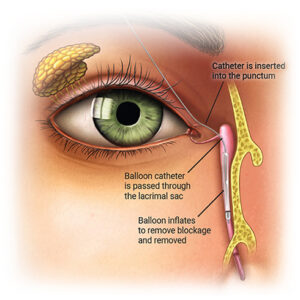

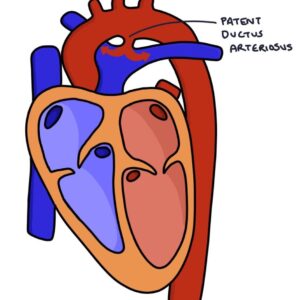
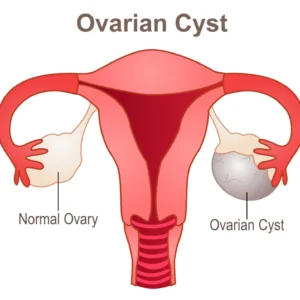
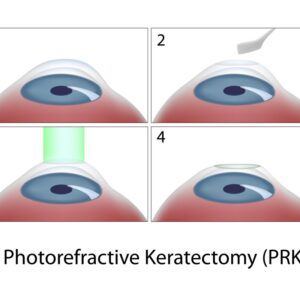
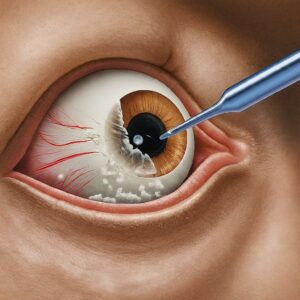
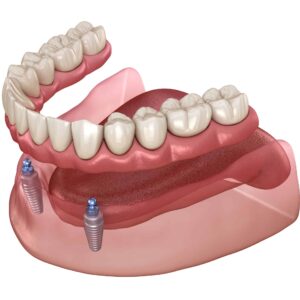
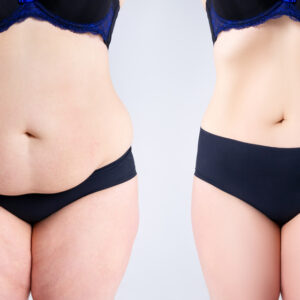
Reviews
There are no reviews yet.